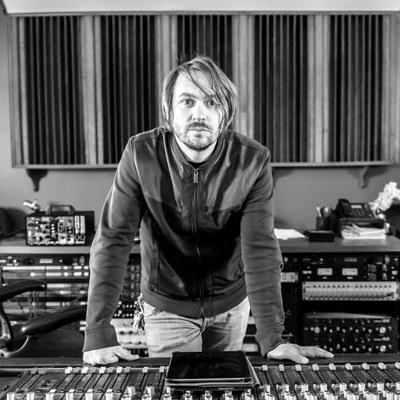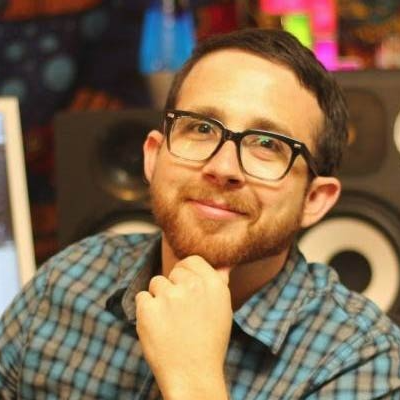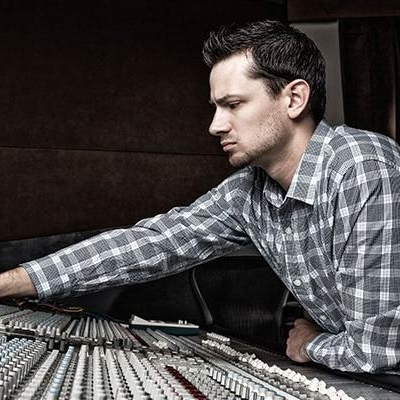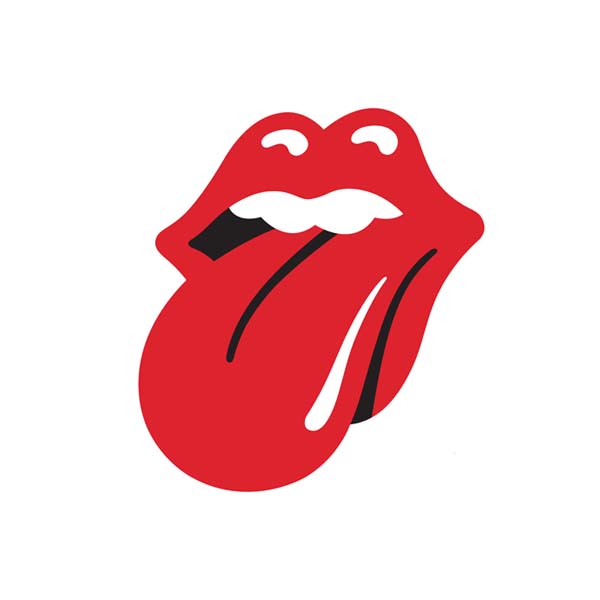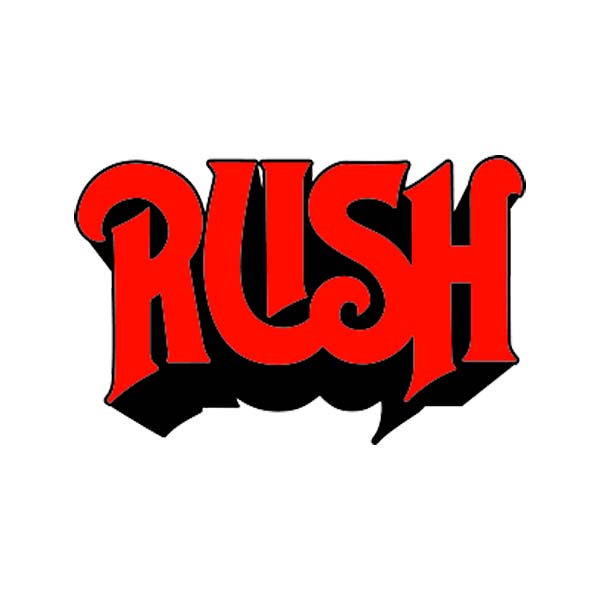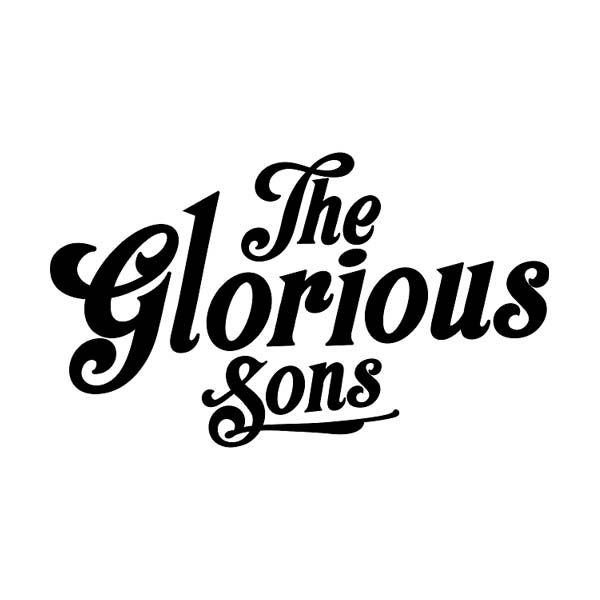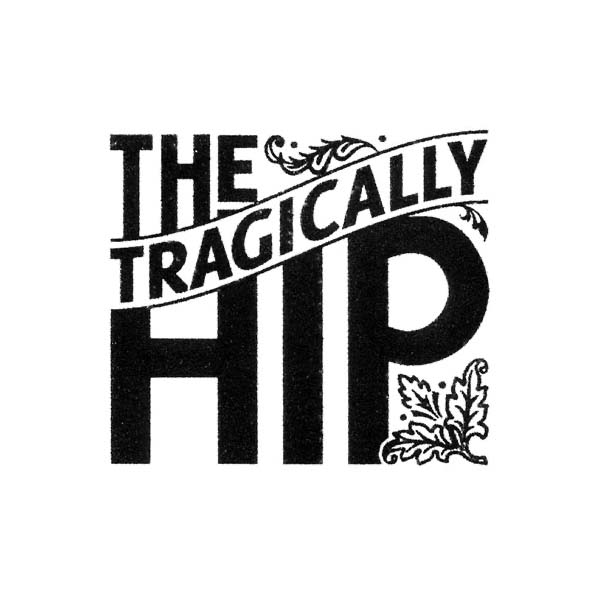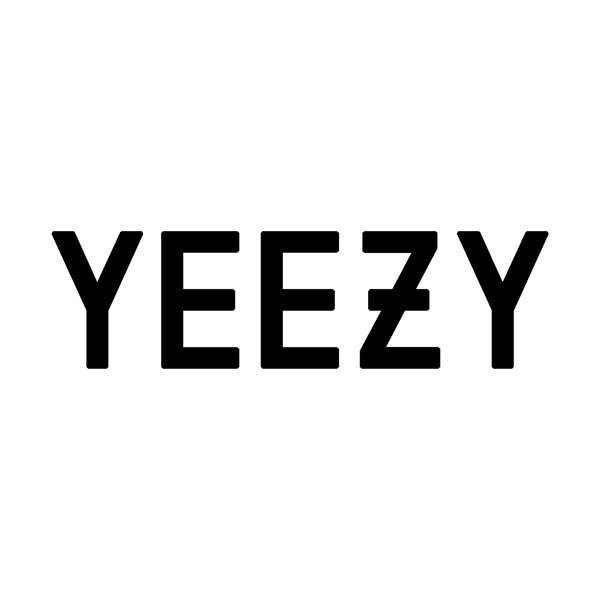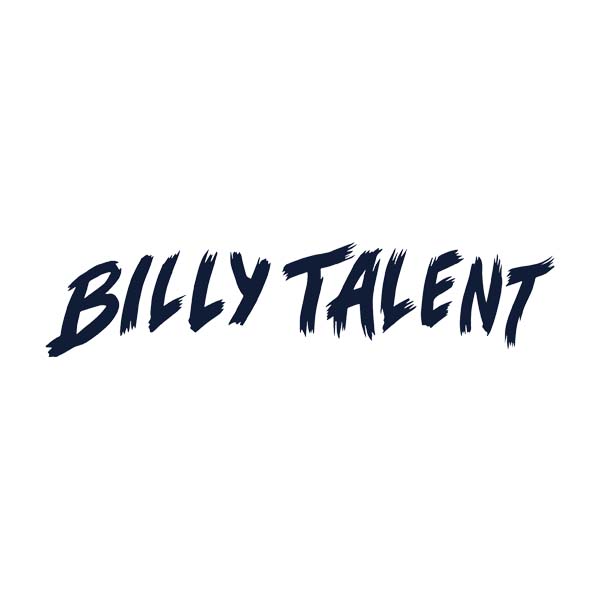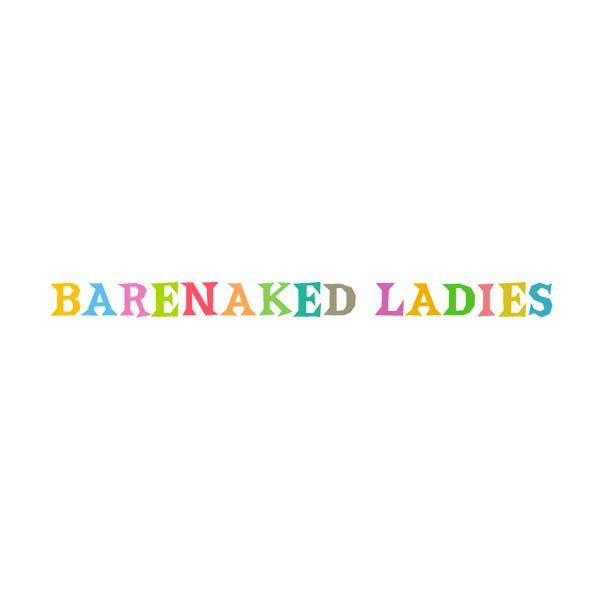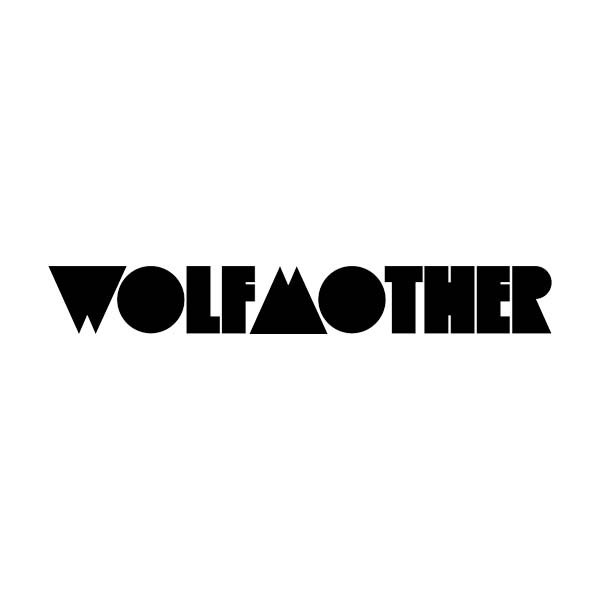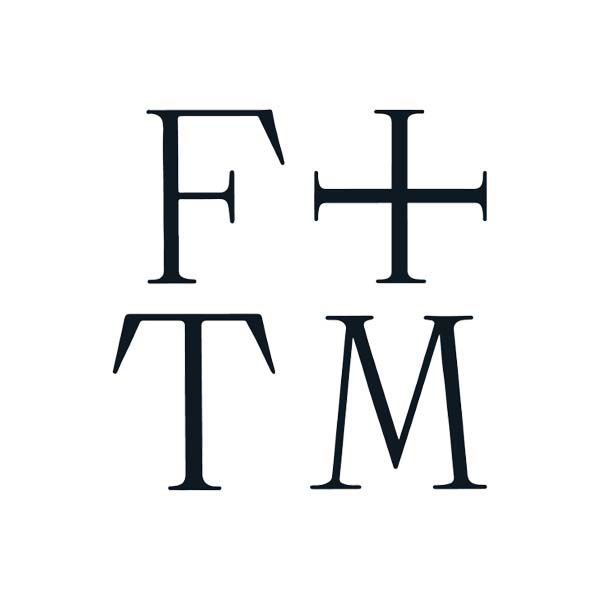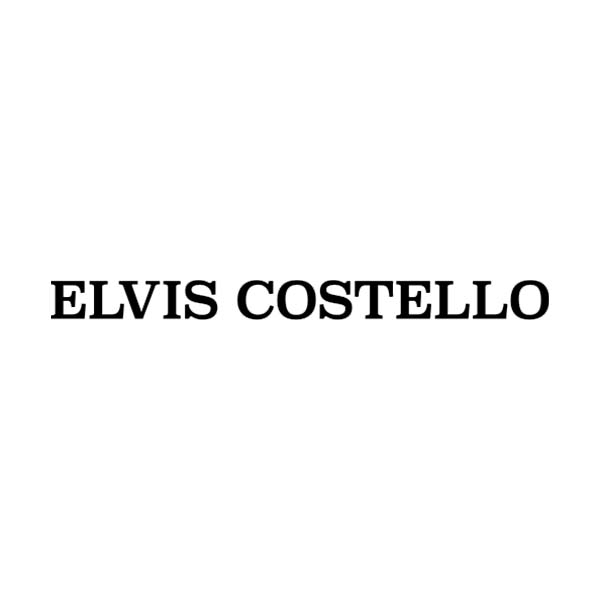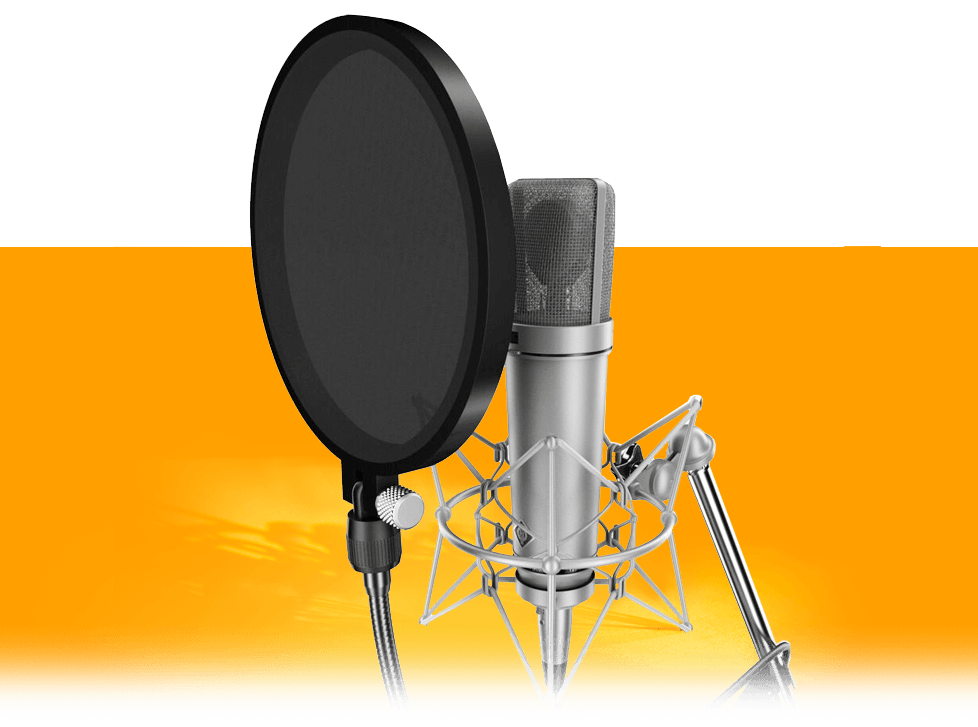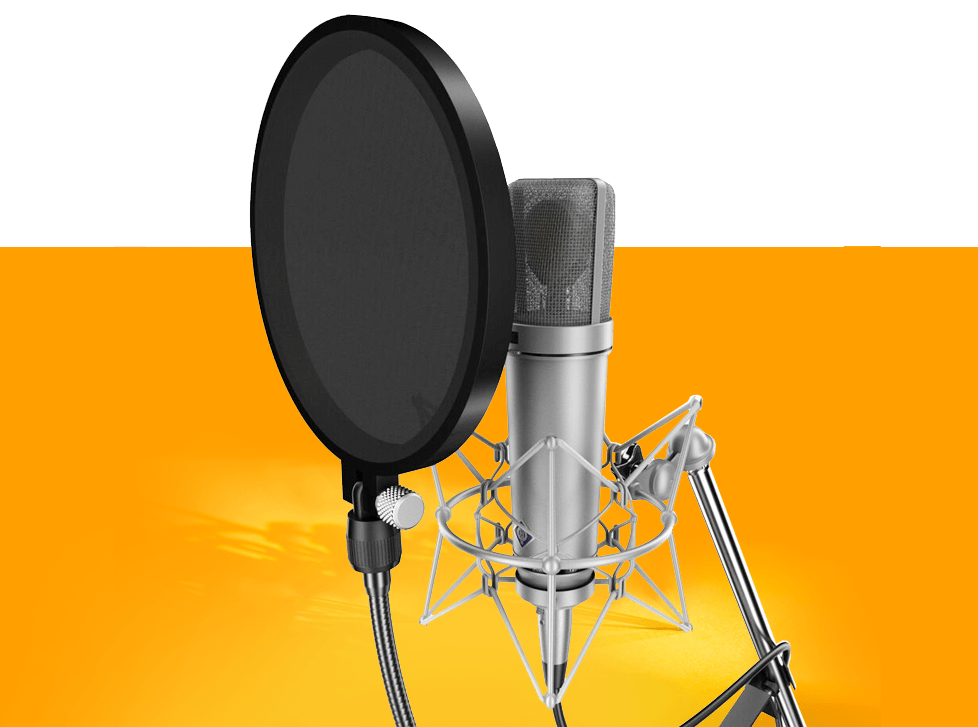Music Production School
Opportunities In Music Production
You love to play with different sounds, mixing things up and introducing a new layer or two. You always have a beat in your head and you love sitting at your computer with sound streaming to your ears. Music Production is one of the many creative opportunities many of our alumni take after graduating from the OIART music production course.
Top OIART Employers
Here is a list of some of the top recording studios in Canada that look to OIART year after year to hire the best in music production. Follow your passion and you could be next!
Possible Careers in Music Production
FAQs About Music Production
Ready to Start?
OIART's Audio Program Includes:
✓ Small Class Sizes
✓ On Site Facilities
✓ Industry Leading Instructors
✓ Post Grad Support & Guidance
✓ Exclusive 11 Month Program
Top Reasons Why You Should Choose OIART.
Have Questions?
If you have questions about our audio engineering and music production program or would like to book a tour, we would be pleased to speak with you.
Text Us: 519.200.4151
Share This With a Fellow Music Lover
Apply in 4 Steps!
Step 1: Click apply now.
Step 2: Answer 8 questions about yourself.
Step 3: Upload supporting documents.
Step 4: That's it! You are done.
Grad Career
Spotlights
Siegfried Meier ('99)
Siegfried is a JUNO Award winning record producer, recording engineer, mixer and songwriter. He owns and operates Beach Road Studios, a beautiful resort-style recording compound.
Matty Green ('03)
Matty is a Los Angeles based recording engineer and mixer. Matty’s engineering work can be heard on Beatle Paul McCartney’s “New,” “Food” by Kelis, and “X” by Ed Sheeran – for which he was nominated for a Grammy for Record of the Year.
Jason Dafour ('07)
Did you listen to the album “Touch” by July Talk? The mix engineer for the hit single “Push + Pull” from the album is Juno Engineer of the Year award winner, Jason Dufour, a 2007 alumni from OIART’s audio engineering & music production program.
